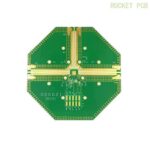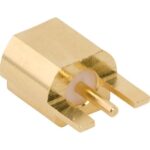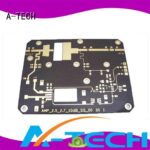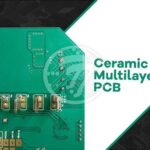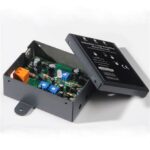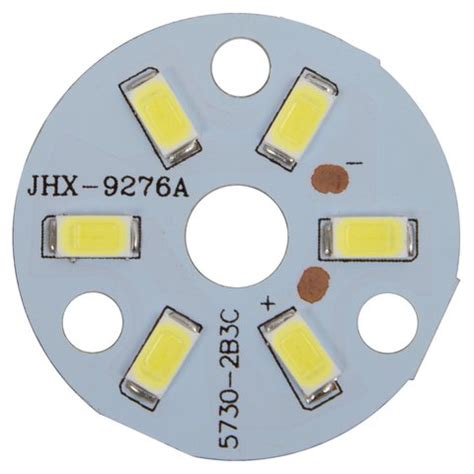
ALL ABOUT FLEX PCB
-
What Is LED PCB
Posted by
–
 Read more: What Is LED PCB
Read more: What Is LED PCBIntroduction to LED PCB An LED PCB, or Light Emitting Diode Printed Circuit Board, is a specialized type of printed Circuit Board Designed to support and control LED lights. LEDs have become increasingly popular in recent years due to their energy efficiency, long lifespan, and versatility in various applications, ranging […]
-
PCA Electronics-How To Use It
Posted by
–
 Read more: PCA Electronics-How To Use It
Read more: PCA Electronics-How To Use ItWhat is PCA Electronics? PCA (Printed Circuit Assembly) Electronics refers to the process of assembling various electronic components onto a printed circuit board (PCB) to create a functional electronic device. The PCB is a flat board made of insulating material, such as fiberglass or plastic, with conductive pathways etched or […]
-
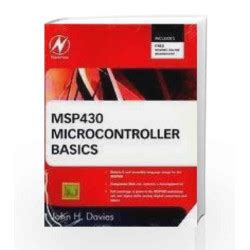 Read more: 5 Basic Knowledge of MSP430 Microcontroller You Need to Know
Read more: 5 Basic Knowledge of MSP430 Microcontroller You Need to KnowIntroduction to MSP430 Microcontroller The MSP430 is a popular family of ultra-low-power 16-bit microcontrollers from Texas Instruments. These microcontrollers are designed for low-cost, low-power embedded applications and are widely used in various fields such as automotive, industrial, medical, and consumer electronics. In this article, we will explore the five basic […]
-
How To Do PCB Trace Repair Kit
Posted by
–
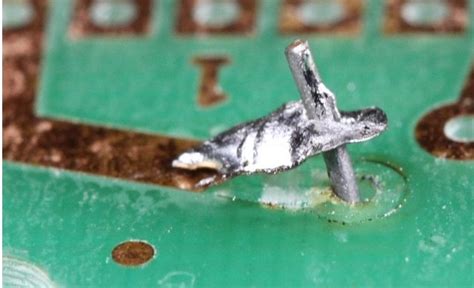 Read more: How To Do PCB Trace Repair Kit
Read more: How To Do PCB Trace Repair KitIntroduction to PCB Trace Repair Printed Circuit Boards (PCBs) are essential components in modern electronics, connecting various components to create functional devices. However, PCBs can suffer from damage, such as broken or corroded traces, which can lead to malfunctions or complete failure of the device. PCB trace repair is a […]
-
How to Use an Oscilloscope – A Beginner’s Guide
Posted by
–
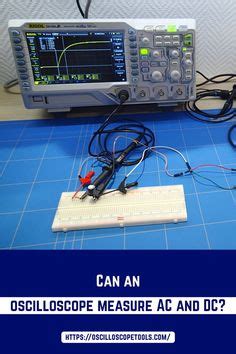 Read more: How to Use an Oscilloscope – A Beginner’s Guide
Read more: How to Use an Oscilloscope – A Beginner’s GuideWhat is an Oscilloscope? An oscilloscope is an electronic test instrument that graphically displays varying signal voltages as a function of time. It allows you to observe the change of an electrical signal over time, showing signal amplitude, frequency, and other properties. Oscilloscopes are used in various fields, including electronics, […]
-
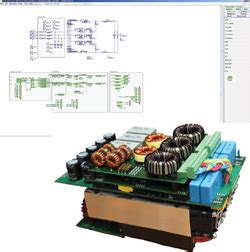 Read more: Online Circuit Simulators-Popular And Easy Fundamentals
Read more: Online Circuit Simulators-Popular And Easy FundamentalsWhat are Circuit Simulators? Circuit simulators are software tools that enable users to create and simulate electronic circuits in a virtual environment. They provide a graphical interface where users can place components, connect wires, and apply input signals. The simulator then calculates the behavior of the circuit based on the […]
-
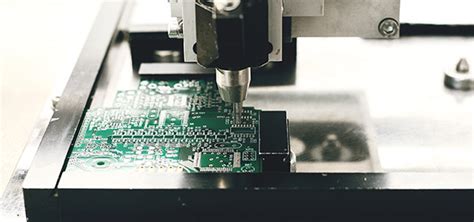 Read more: 7 Important Factors of How to Fast PCB Manufacturing
Read more: 7 Important Factors of How to Fast PCB Manufacturing1. Design for Manufacturability (DFM) One of the most critical factors in fast PCB manufacturing is designing the board with manufacturability in mind. This process, known as Design for Manufacturability (DFM), involves optimizing the PCB design to ensure that it can be manufactured efficiently and with minimal errors. Some key […]
-
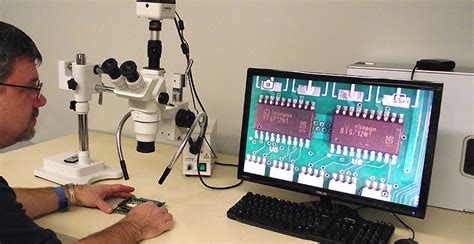 Read more: PCB Assembly Inspections for One-Stop PCB Assembly
Read more: PCB Assembly Inspections for One-Stop PCB AssemblyThe Importance of PCB Inspections PCB inspections are essential for identifying defects, ensuring compliance with design specifications, and maintaining the overall quality of the assembLED PCBs. By conducting rigorous inspections at various stages of the assembly process, manufacturers can detect and rectify issues early on, preventing costly rework and delays. […]
-
PCB Crosstalk: What It Is and How to Counter It
Posted by
–
 Read more: PCB Crosstalk: What It Is and How to Counter It
Read more: PCB Crosstalk: What It Is and How to Counter ItWhat is PCB Crosstalk? PCB crosstalk is a phenomenon that occurs when signals from one circuit or trace unintentionally affect signals in another nearby circuit or trace on a printed circuit board (PCB). This unwanted interaction between signals can lead to signal integrity issues, such as signal distortion, noise, and […]
-
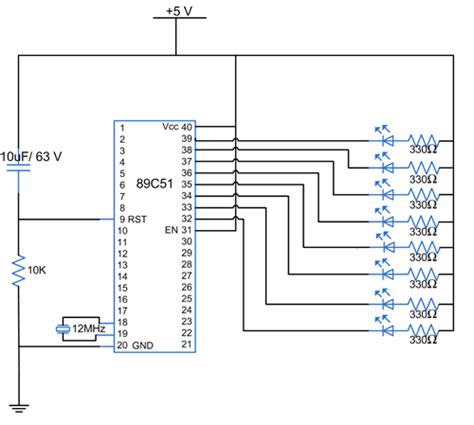 Read more: Blink Circuit- 5 Actionable ways to Create a Blink Circuit
Read more: Blink Circuit- 5 Actionable ways to Create a Blink CircuitIntroduction to Blink Circuits A blink circuit is a simple electronic circuit that causes an LED (Light Emitting Diode) to blink on and off at a regular interval. It is one of the most basic and fundamental circuits in electronics, often used as a starting point for beginners to learn […]
